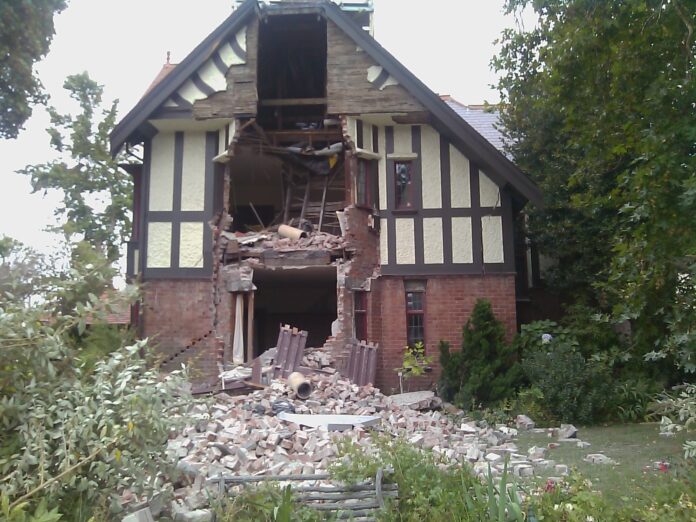Source: MakeLemonade.nz
Te Whanganui-a-Tara – Tens of thousands of chimneys have been damaged or collapsed in New Zealand earthquakes.
On January 23 in 1855, a 8.2 magnitude earthquake rocked the Wairarapa and greater Wellington regions, with thousands of chimneys collapsing or causing damage to many homes at the time.
Sadly, one of the few fatalities from this event was attributed to the collapse of a brick chimney in the room in which he was sitting.
So why are hazardous chimneys still so common on homes across the country? The fact is that pretty much every major earthquake over the past 170 years has shown that chimneys pose a significant risk to the safety of people and the strength of homes, the Earthquake Commission says.
Brick and masonry chimneys may crack, shift or collapse in an earthquake, causing damage to people and property. They can also topple or collapse through the roof or fall outwards damaging other parts of the property – or neighbours
As a result of the Canterbury earthquakes of 2010 and 2011, numerous insurance claims were made because of unreinforced chimneys falling and causing damage to properties across the area.
Brick and concrete masonry chimneys built before the 1970s pose the greatest risk as they’re less likely to have extra internal reinforcement. Older chimneys are also more likely to have deterioration of the mortar that helps hold them together.
Brick chimneys built after 1985 should have a reinforced concrete flue within the brickwork and be tied to the house framing to prevent collapse.
But no matter its age, if any chimney is showing signs of damage or deterioration then builder should check it urgently.
The safest option for a hazardous chimney is to remove it from the top all the wall down to the floor level of the home. This work is often extensive but means that the risk posed by any collapse of brick or concrete is removed completely.
The most hazardous part of the chimney is that which sits above the roofline, so the next best option is to remove or replace this part of the structure. If the chimney is still in use this piece of the chimney can be replaced by a lighter weight metal flue.
Here is an Earthquake Commission chimney video: https://www.youtube.com/watch?v=6_GbQE7Pegc



